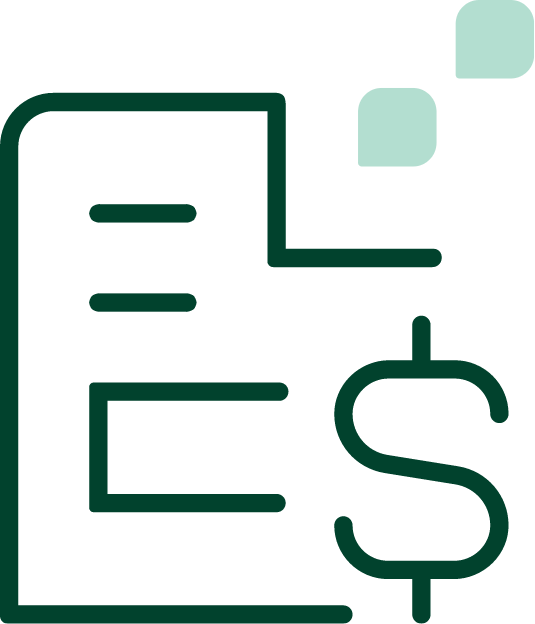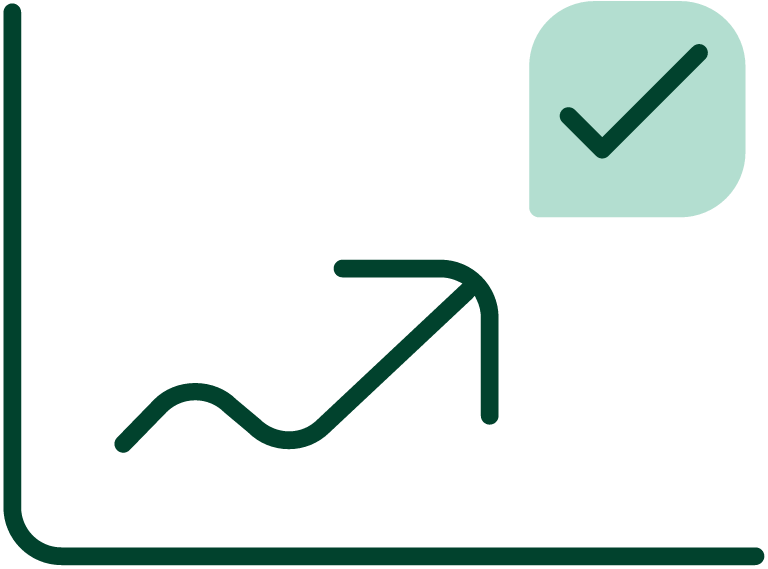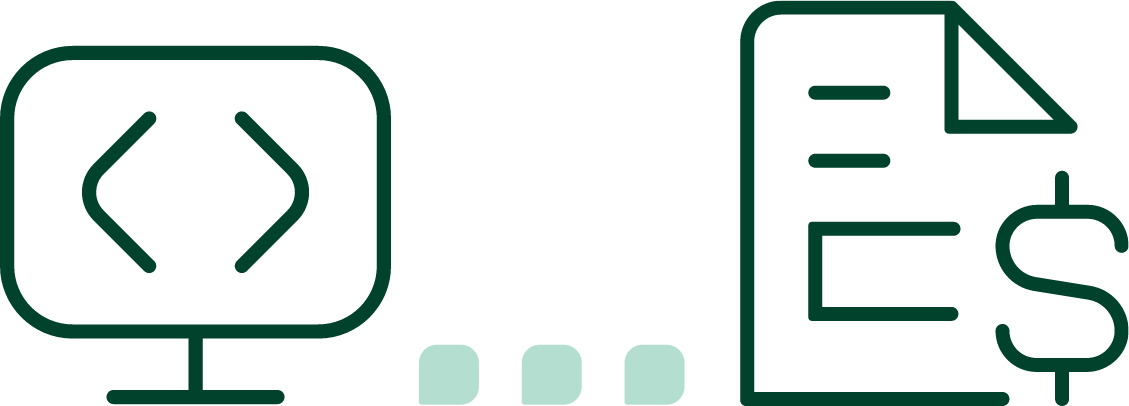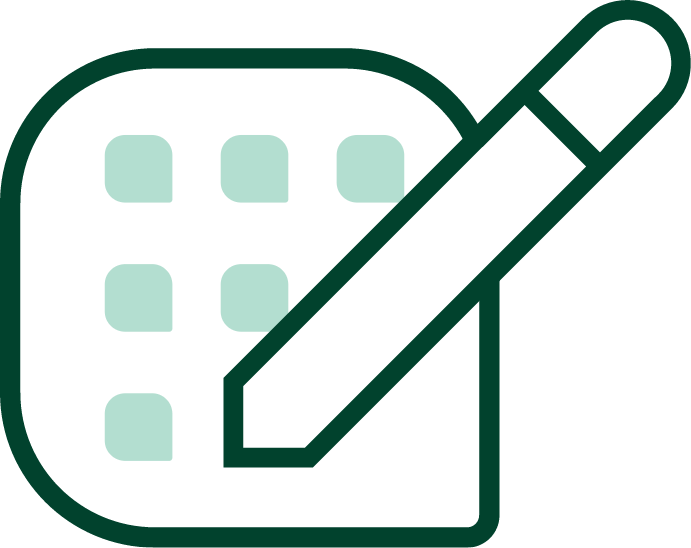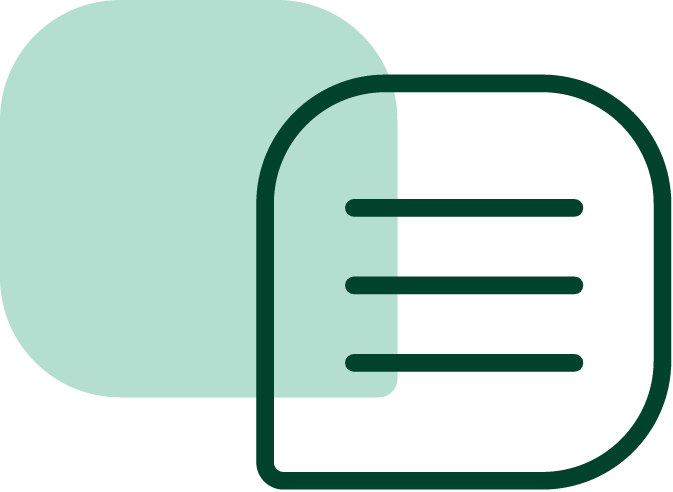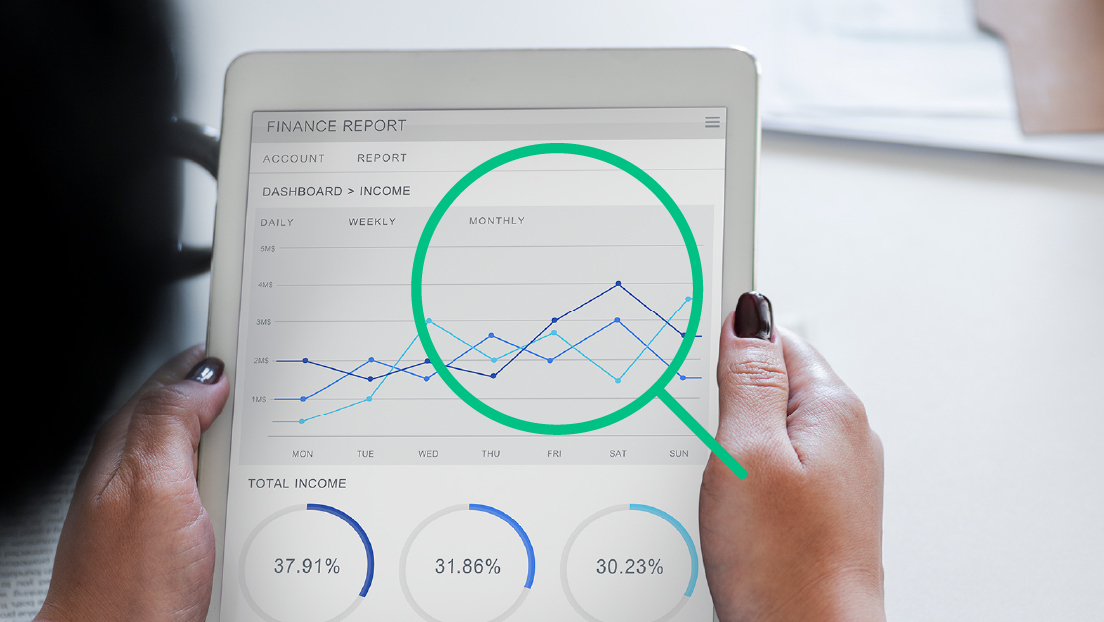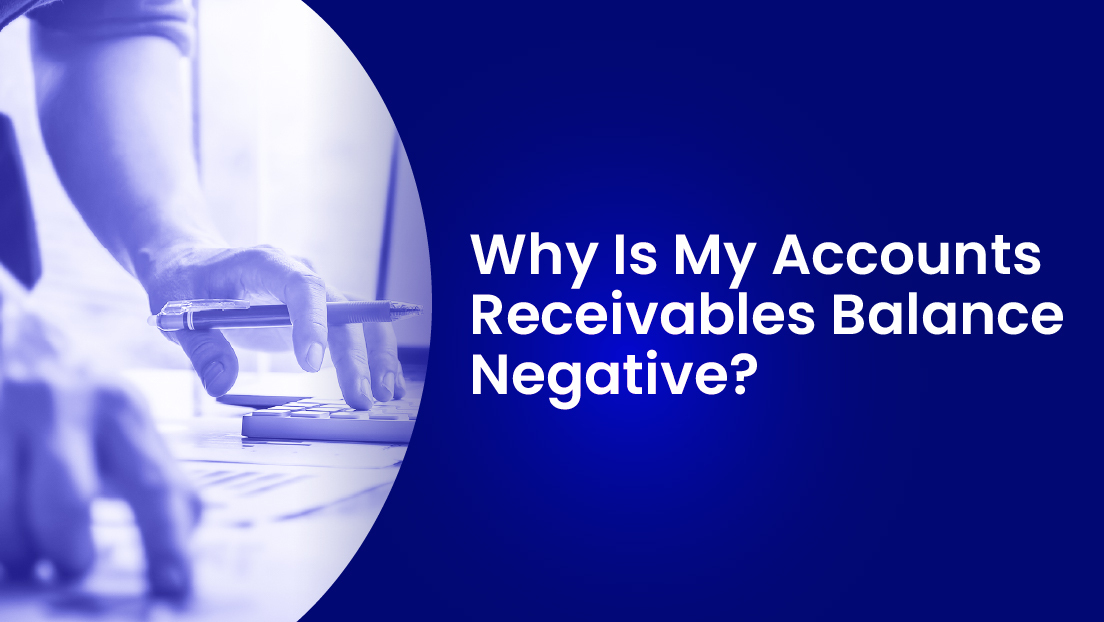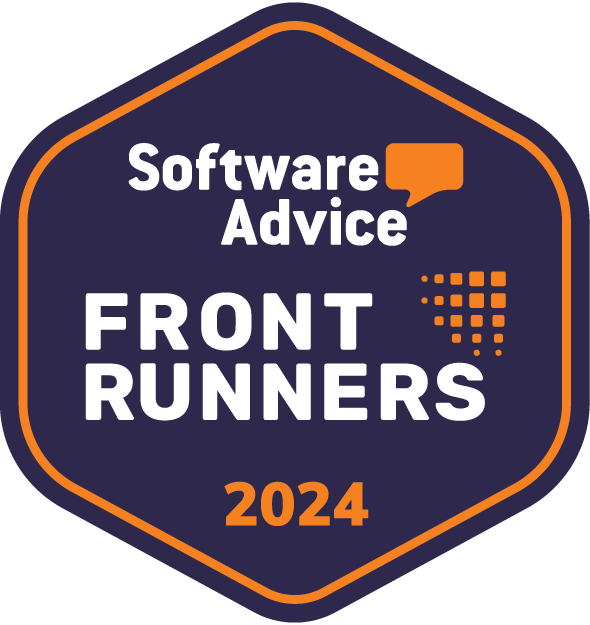The days of paying by cash or check are fading into oblivion, especially in developing countries. Customers now expect to pay electronically using debit cards or credit cards. As more people turn to e-commerce to get the products and services they need, companies have also turned to online POS transaction capabilities.
What Is a POS Transaction?
POS is “point of sale.” The term does not specify the payment method but refers to electronic payments. In the past, this only included debit cards or credit cards. Over the past few years, fintech companies also perfected contactless payment via phones hovering over the POS system.
What Are the Steps of a Point-of-Sale Transaction?
Business owners often avoid POS payments because they believe it might complicate the accounting or business process. However, it simplifies the process, reduces theft and provides convenience to buyers. Consider the simple steps below:
1. Buyer Chooses Items
Whether transactions happen in-person or online, a buyer shops for the items he or she desires. He or she can add these items to a real or virtual cart for payment at checkout.
2. Seller Calculates Price
For in-person sales, the next step involves scanning the individual items. Cashiers might handle this, or buyers can do this themselves at self-checkout locations. For online sales, the website automatically calculates cost when buyers add items to the cart. However, it might not calculate shipping and taxes until the buyer enters personal information, such as the shipping address.
3. Buyer Pays
Payment options differ across POS systems. Ideally, it accepts different payment network processors, such as Visa and MasterCard. To meet the demands of modern-day consumers, it should also have contactless payments via cell phones. Additionally, the ability to make a POS withdrawal is beneficial to customers who want cash back with their purchases.
4. Payment Processor Approves Transaction
After an approved transaction takes place, payment to the vendor is almost immediate. The buyer’s bank processes the payment and might even send an immediate notification of the transaction. Bank processing times vary, but the transaction appears on the statement with the company name and even its address.
How To Track POS Transaction Records
When people pay via electronic means, it leaves digital crumbs that the accounting team, the buyer or financial entities can track. How to track a transaction ultimately depends on the individual seeking information and the purpose of the investigation.
Business Owner
Modern POS systems provide full statements at varying intervals, including real-time reports when requested. The accounts receivable team can use this information to track and account for all transactions by confirmation or payment codes, transaction dates and dollar amounts.
Buyer
Payment methods used determine how buyers review or track transactions. Sometimes, apps keep track of payments. Bank statements also provide information. If the person made purchases online, the website might record transactions.
Government Agencies
In most cases, government agencies rely on the information filed in taxes. However, some flagged transactions could attract the interest of the IRS. An example involves a consumer purchasing more than $10,000 worth of furniture and appliances to renovate a house.
Over the years, several companies have integrated POS systems with their accounts receivables software to streamline payments. At Gaviti, our POS-compatible software makes it easier to invoice clients, receive payments and forecast cash flow.
Speak to a Specialist to see what we can do for your business.

